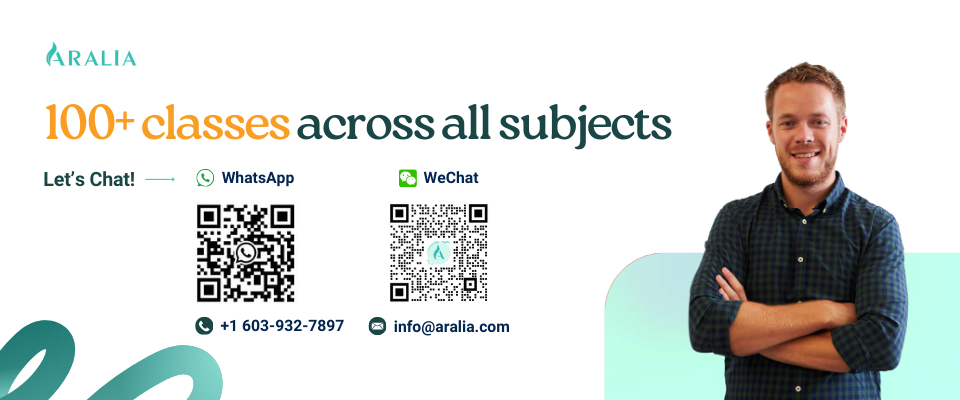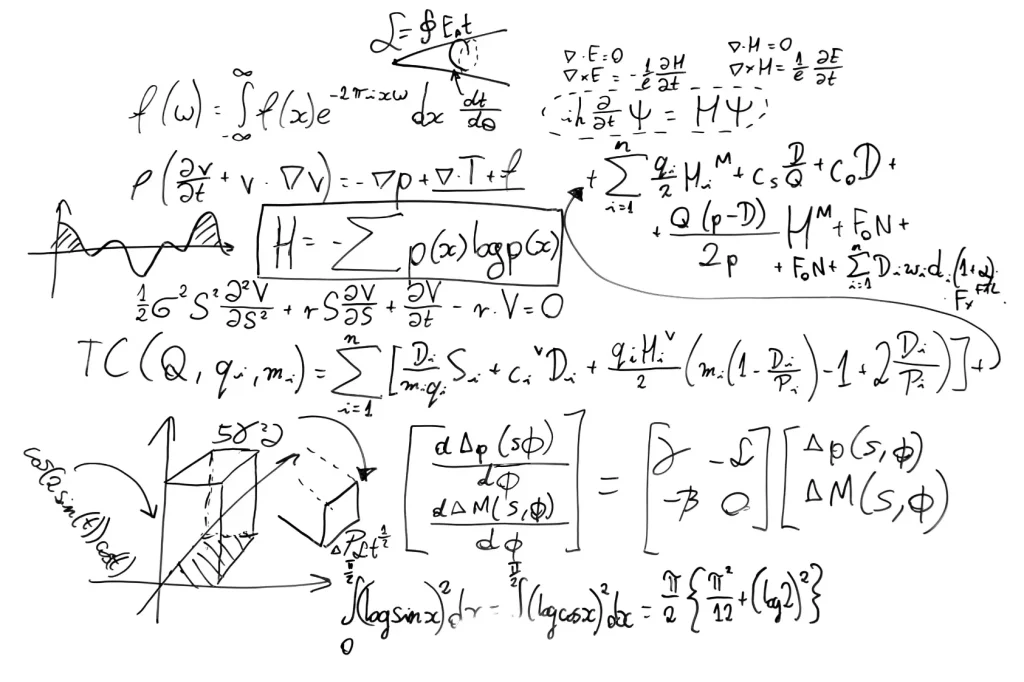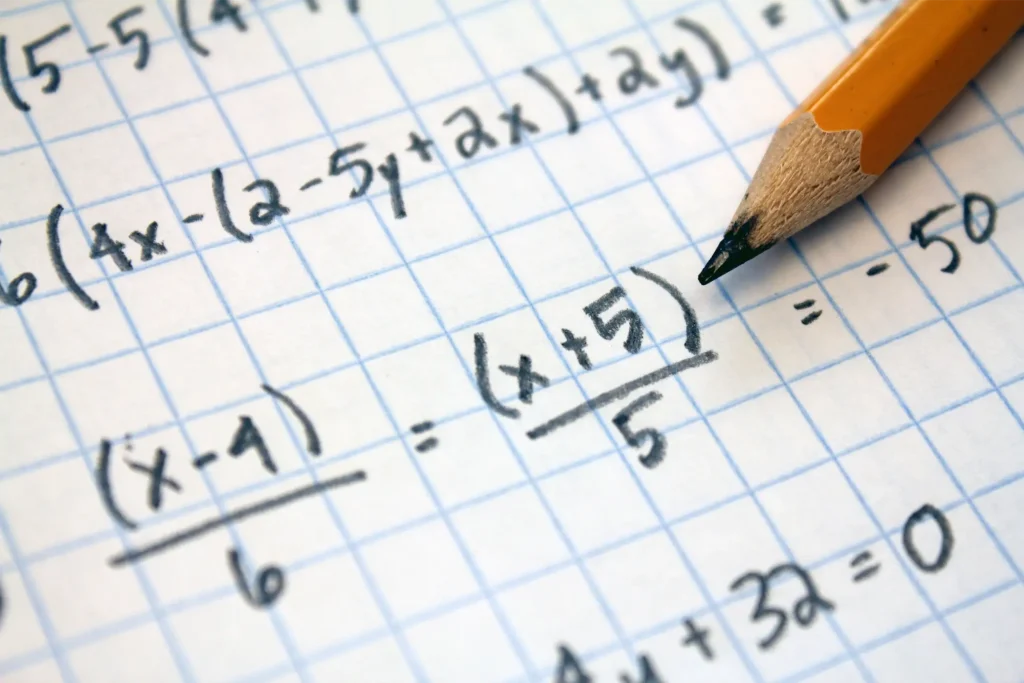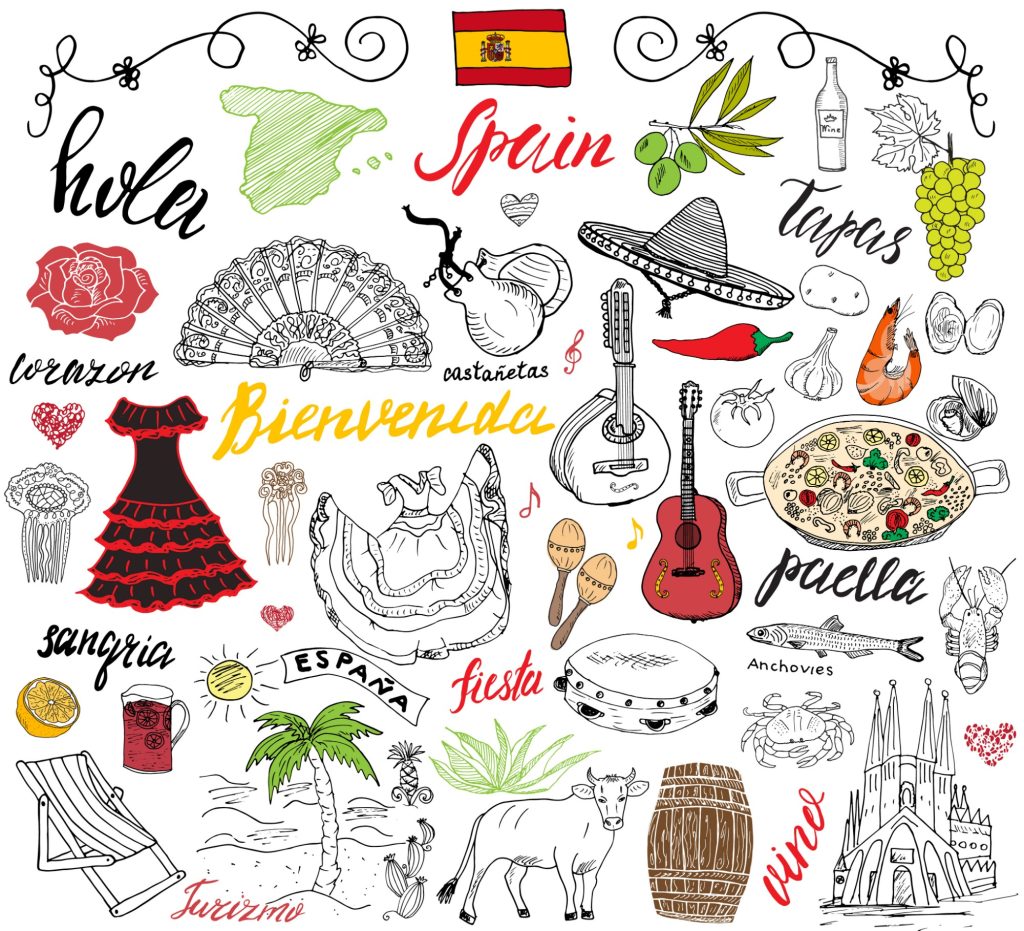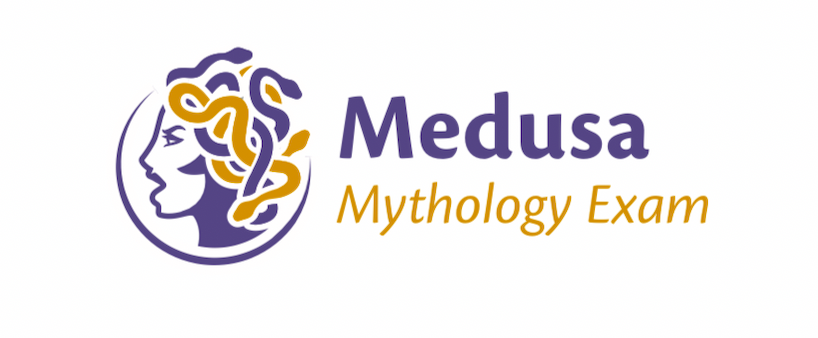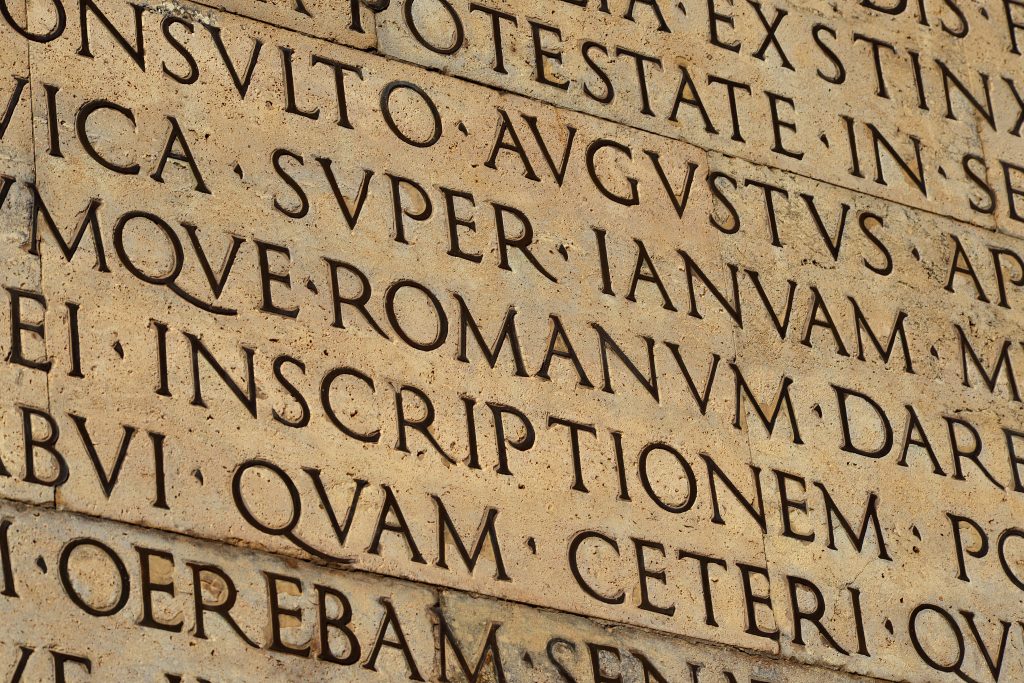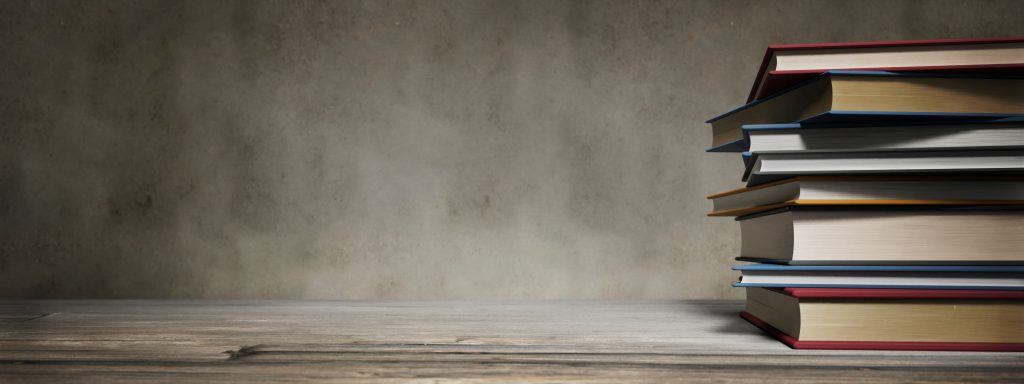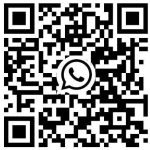Students who have background knowledge in visual arts, want to produce a portfolio and intend to participate in art competitions.
High school students
One-on-one and small group (Max. 7 students/class)
Class Introduction
This eight-week workshop looks through the contextual lens of identity to understand art and aesthetics influenced by social processes and cultural values. Identity is how we perceive and express ourselves and influences the decisions that we make daily, such as the friends we have, the clothes we wear, and our political beliefs. Many artists use their work to express, explore, and question ideas about identity. Students will be introduced to artists such as Nick Cave, Frida Kahlo, and Zhang Xiaogang and learn how identity influences their art.
Students are challenged to explore and create artwork that expresses their own identity as they see themselves and how they perceive themselves to be seen by others during this course. Through lectures, assigned research, online discussions, and assignments, projects will focus on the traditional material investigation and repurposed found objects in both 2D and 3D art and design prompt aimed at the ability to communicate individual concepts confidently.
Outcome
- To develop effective research and development processes, strategies and organizational skills that ensure the successful completion of each student’s unique perspective and work
- To encourage risk taking and embracing experimentation
- To introduce students to drawing and design tools through demonstrations.
- To develop effective communication and presentation methodology which convey the artist’s intent and narrative
- To document all phases of the creative process digitally via photographs and sketching throughout the entire semester
Course Content
| Lessons | Topics |
| 1 | Introduction
|
| 2 |
|
| 3 |
|
| 4 |
|
| 5 |
|
| 6 |
|
| 7 |
|
| 8 | Class critique of Masks and Identity PPT or PDF including editorial photographs as well as process photos. |
Feedback
Students and their parents will receive brief feedback after each class regarding the student’s general participation in class. Students will also receive feedback on graded assignments via email.
Schedule
16 hours of classes, 120 minutes/class
Need to prepare?
To best prepare for this program, we recommend reading:

